On a recent trip driving past North Delhi towards Haryana, I noticed what looked like a mountain range in the distance. This was a pleasant surprise as I was not aware that there were any hills in the region. As I came closer, I realised it was not a range but a single peak.
I came still closer and to my horror, realised that this was no natural mountain range. This was a mountain yes, but a mountain of trash!
From the side that I was approaching, it looked like one long thin strip of a natural mountain. And then when the road curved along the length and we began driving along what was the narrower portion, the truth was revealed. It looked the same from this side – meaning that the narrower width now appeared to be the longer side. What I was looking at, was in fact one huge plateau, equal in width and length – and it was far, far larger than initially appeared.
This was my introduction to Bhalswa, one of Delhi’s three bursting, infamous landfills, symbolic of the waste disaster every city is dealing with today. Somewhere, I had imagined a landfill to be a deep pit that got filled gradually but did not go much above ground level, so this was quite a shock to behold! And so was Bhalswa at one time in the 1990s, a landfill below the ground, but one that gradually grew to its current enormous proportions with a daily addition of 4000 tons per day, while no one really noticed.
Inside the dump
This mountain of trash was formed by layers and layers of plastic bags filled with all kinds of mixed waste, namely paper, cans, food and putrid stinking matter from the kitchens of homes just like yours and mine, as well as the waste from offices and industries – nothing but ‘pure’, undiluted municipal solid waste!
The mess includes batteries, lightbulbs and other kinds of e-waste, leaching poisons into the ground. It contains thousands and thousands of tons of resources that could have been recycled or composted and converted into something useful. Instead, citizens generated and discarded waste in generous measure, and governments decided to take the convenient way out and pile it unceremoniously. And thus the wet waste merged with other substances to form a lethal cocktail of methane and other toxic gases that spontaneously ignites every now and then.
I passed this site four times during my trip; every single time, one side or other was smouldering away.
Above it and on the sides, I could see vultures and kites circling. My cab-driver informed me that foxes were known to forage there because this stinking pot attracted rats, all kinds of vermin, therefore cats, dogs and other scavenging species from the animal kingdom. I was far enough not to get the smell, but even from a distance, it was not pleasant.
My camera lens zoom permitted me a closer view than what my eyes could manage – and I could see layers of plastic bags merged with every kind of waste in what was a shameful testimony to the careless resource utilisation of us city residents and callous mismanagement of waste, irreversibly destroying our cities and our planet.
The making of the tragedy
Bhalswa, Ghazipur, Okhla – or closer home (Bengaluru) Mandur and Mavallipura — are all landfills of our making. Every city has these time bombs no longer just ticking away, for they reached explosion point a while back, and continue to explode – while dulled senses no longer register the danger or the enormity of the tragedy we have invited upon ourselves.
What is abominable is that the Bhalswa landfill is so high that it has winding roads alongside for giant trucks to reach the top. Huge trucks filled with trash were climbing up to deposit more trash on the top as we passed by.
Ironically, this landfill was to be closed in 2010, so as not to cross the recommended landfill height of 15-20 metres. But Ghazipur, East Delhi’s landfill had already reached a height of 55 metres when declared closed earlier this year – well past the 20m limit. With the Qutb Minar at 72.5 metres, this is a somewhat terrifying statistic. Will Bhalswa soon acquire the honour of being the tallest structure in Delhi?
All this did not happen overnight, and for a quarter of a century, mixed waste has been dumped every day without thought, to create this man-made monstrosity. With each week and passing month, no doubt, that mountain is growing higher, taller and scarier. Scaling new peaks in trash, literally and figuratively. Here and in landfills across the country, even across the world…
Ensuring a better future
Solutions to this problem being discussed by governments here and in almost every city are all about working to create WTE (waste to energy) plants and biomethanation plants.
WTE plants are known to increase air pollution by releasing toxic gases which have unseen yet huge consequences. They are peddled as a solution even though they are definitely not recommended by environmentalists, if we are to live as sustainable communities. They are at best an irresponsible short-cut, just like incineration, creating more damage to the planet and health of those in the vicinity.
Biomethanation plants on the other hand may indeed help convert the wet waste to fuel, if segregated at source and fed directly. But who will sort through the existing mountains of trash to separate what can be used from what cannot?
Employing illiterate labour who unknowingly ruin their health is unethical, especially as the risk is known to those who employ them. A nightmare of unimaginable proportions with landfills likely to collapse, burn or result in a huge series of ecological disasters, awaits virtually every city.
In the meantime, we continue to live our lives like nothing happened, generating waste like never before because we are not hardwired to worry about what happens to our waste once it leaves our doorstep (often in a plastic bag full of mixed waste). Our waste has never been our responsibility.
You and I would certainly not tolerate anyone dumping their waste at our doorstep. What gives us the right then to just send our waste off to be dumped somewhere else?
Any problem must be solved at source. In other words, it stands to reason that unless the root of the problem is addressed, the problem will continue. The problem of too much waste for city landfills translates to two simple solutions.
ONE: Stop mixing waste, start segregating, NOW. Not tomorrow, not the day after, but today! Every resident of every city must compulsorily segregate their waste so that only the bare minimum goes to landfills and all else can be recycled or composted. This is the simplest way to reduce waste to landfill not by half but to as little as 5-10% of earlier volumes, without exaggeration.
Simple wet-dry segregation doesn’t really work with many resources lost in the process; instead three-way segregation of Organic (compost), Recyclable and Reject (landfill, with Hazardous waste treated separately) work far better. Governments must swing into action and implement mandatory source segregation of waste.
TWO: Reduce waste. Relook at what those mountains of waste are made of; change habits and cut out anything that need not reach those waste bins and piles! No more single-use plastic/thermacol disposables, plastic/polypropylene bags, single-use water bottles, etc. which form a chunk of non-biodegradable, non-recyclable landfill waste.
This can happen with just a little effort. Or in some cases, more than a little effort, but an effort that is needed from every one of us whether we like it or not. It is a situation where the choice is clear – or rather, there is no choice. Let each of us take responsibility for our waste. The day has come (in fact to be blunt, the day has long passed) when we must start living with a conscience, for convenience no longer counts.
My tryst with the Bhalswa landfill left me with deep food for thought. I hope I have managed to convey that need for deep introspection to every reader, and moving beyond thought, to action that can reduce our waste and save our cities, thus leaving a better world for our children and grandchildren.
Watch the author’s video here:
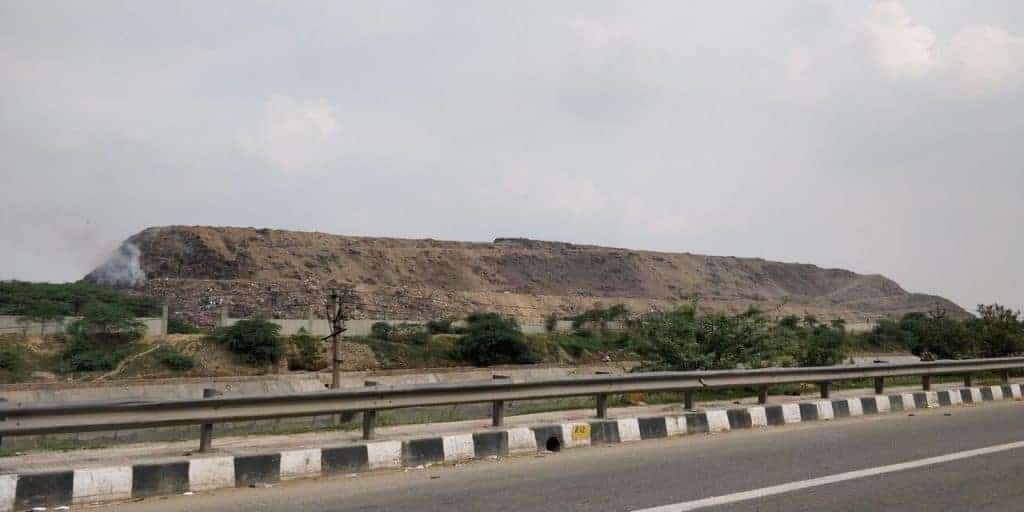
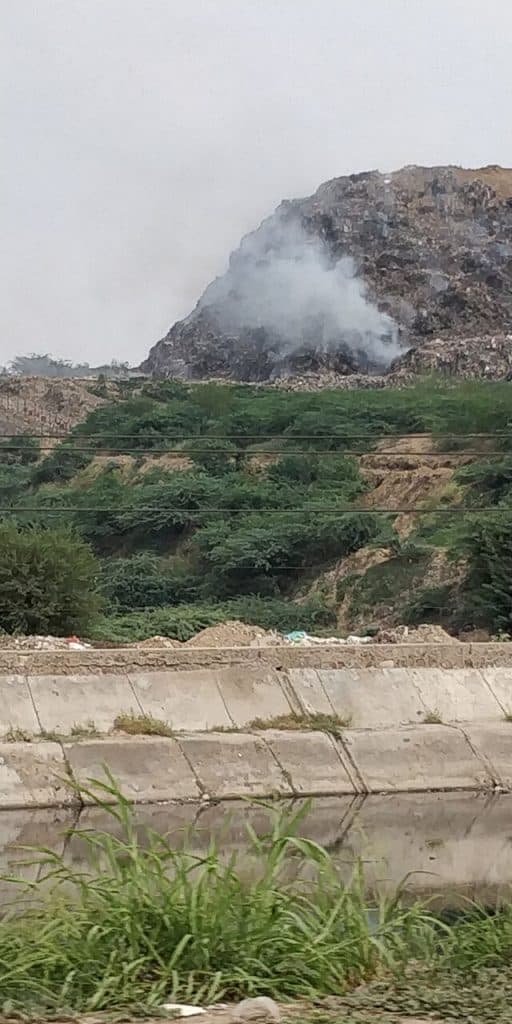
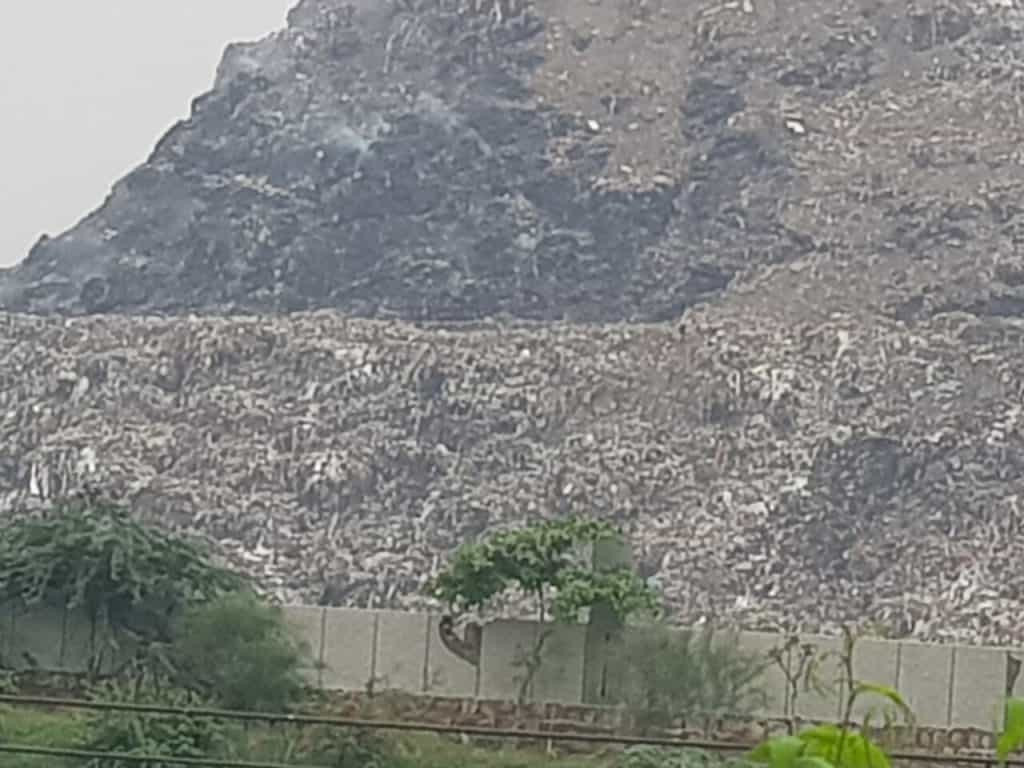
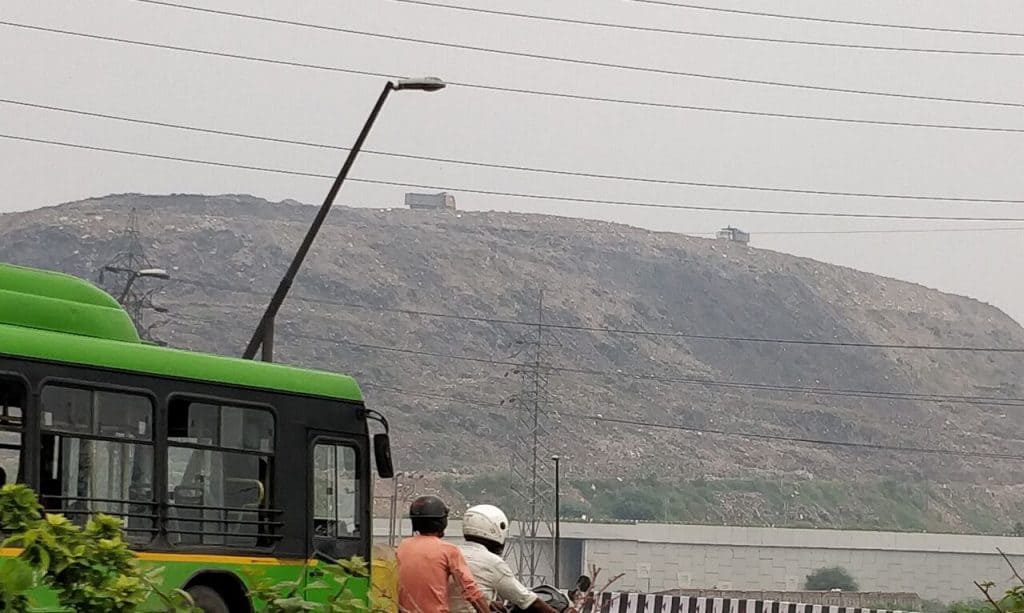
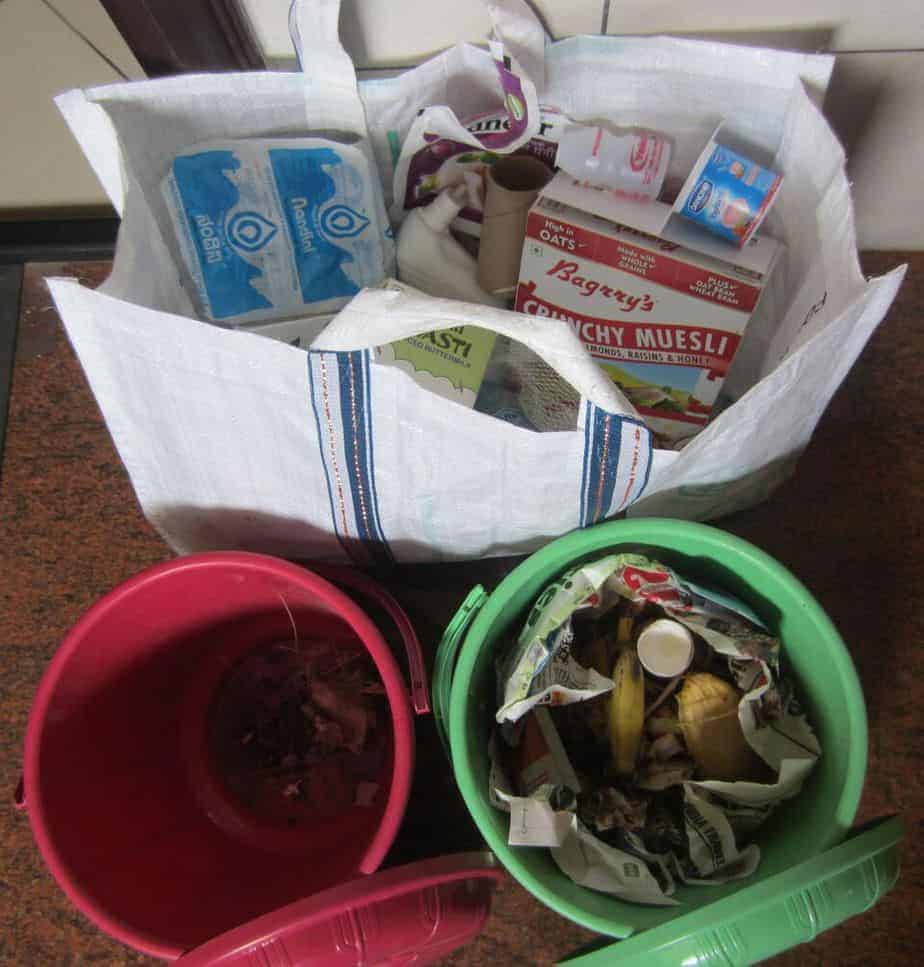
https://phys.org/news/2017-02-scientists-categorize-earth-toxic-planet.html
http://plastic-pollution.org/
https://www.waterdocs.ca/water-talk/2017/12/19/8-single-use-plastic-items-you-can-quit-right-now
https://news.nationalgeographic.com/2017/07/plastic-produced-recycling-waste-ocean-trash-debris-environment/
We produce 250 BILLION TONNES of toxic chemical substances every year.
Not accounting for the 9 TRILLION TONNES of severely polluted waste- water we emit into our eco-system.
91% of our plastics ever manufactured have NOT BEEN RECYCLED.
Today we have more than a million products made of plastic that we use.
I AM NOT TALKING ABOUT ALL OTHER TRASH. ONLY THAT WHICH IS OF ARTIFICIALLY MADE CHEMICAL BASED.
All organic waste, however ugly or smelly, given enough time, sunshine, air and moisture will return to and as soil.
Do we really think we have one govt. with enough guts, and concern for our children, that it will stop manufacture of such material and products IMMEDIATELY! The economics, jobs, financial markets, mafia, our own material life- style will not allow that.
Wow! Sare Jahan Se Accha, Hindustan hamara…
Very thoughtful article by Odette. Have we become so selfish and foolish that we have no sensitivity for others including animals and birds? This is their home, not our rubbish dump.